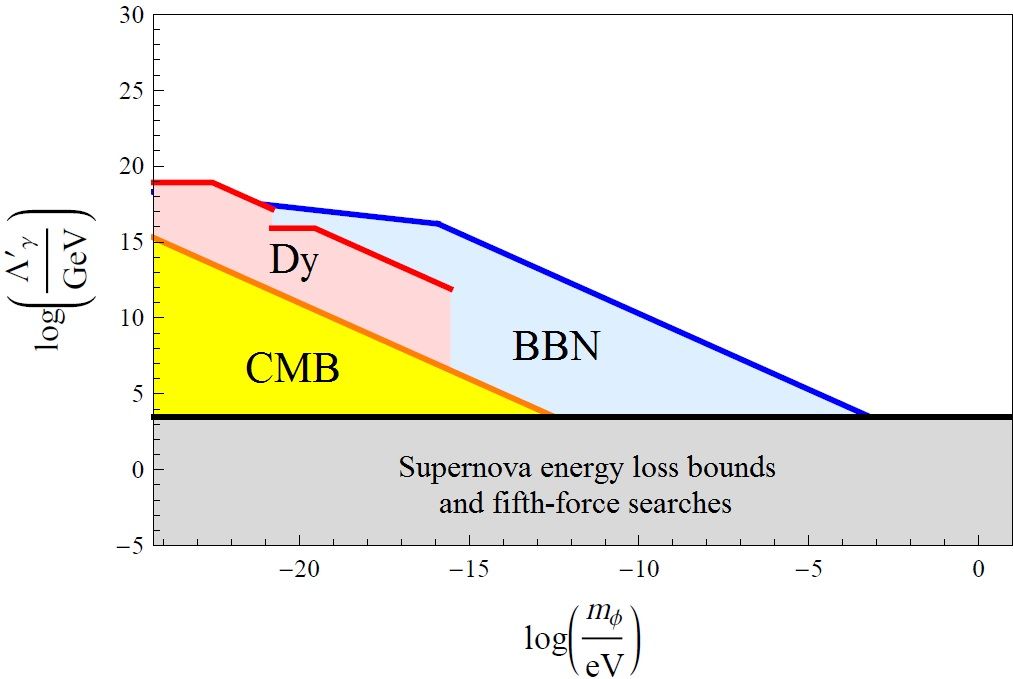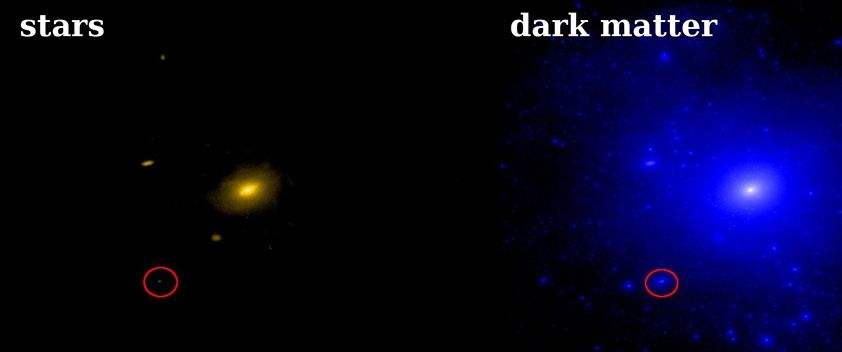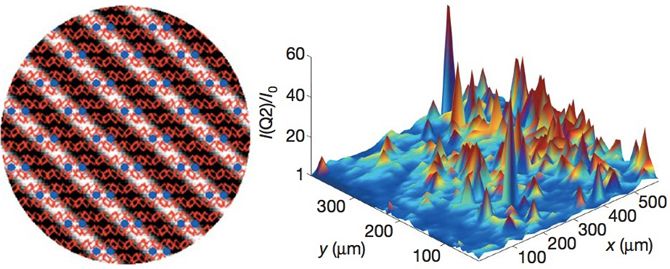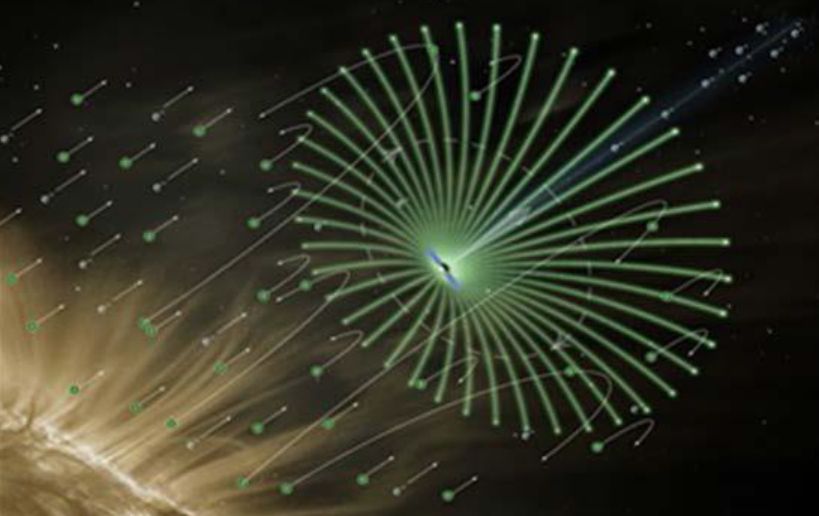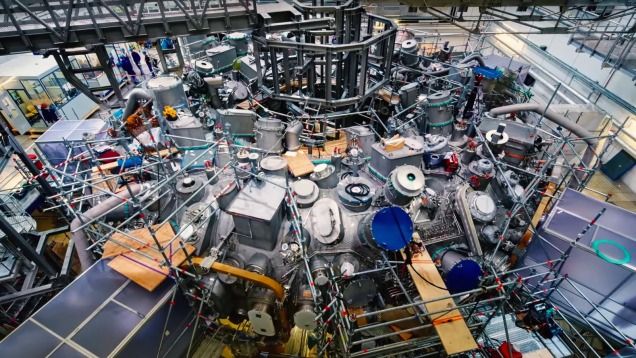Nov 20, 2015
Moore Foundation Gives Stanford $13.5 Million To Build “Accelerator on a Chip”
Posted by Shailesh Prasad in categories: biotech/medical, computing, electronics, mobile phones, particle physics, security
Today’s particle accelerators are massive machines, but physicists have been working on shrinking them down to tabletop scales for years. The Gordon and Betty Moore Foundation just awarded a $13.5 million grant to Stanford University to develop a working “accelerator on a chip” the size of a shoebox over the next five years.
The international collaboration will build on prior experiments by physicists at SLAC/Stanford and Germany’s Friedrich-Alexander University in Erlangen-Nuremberg. If successful, the prototype could usher in a new generation of compact particle accelerators that could fit on a laboratory bench, with potential applications in medical therapies, x-ray imaging, and even security scanner technologies.
The idea is to “do for particle accelerators what the microchip industry did for computers,” SLAC National Accelerator Laboratory physicist Joel England told Gizmodo. Computers used to fill entire rooms back when they relied on bulky vacuum tube technology. The invention of the transistor and subsequent development of the microchip made it possible to shrink computers down to laptop and cell phone scales. England envisions a day when we might be able to build a handheld particle accelerator, although “there’d be radiation issues, so you probably wouldn’t want to hold one in your hand.”


